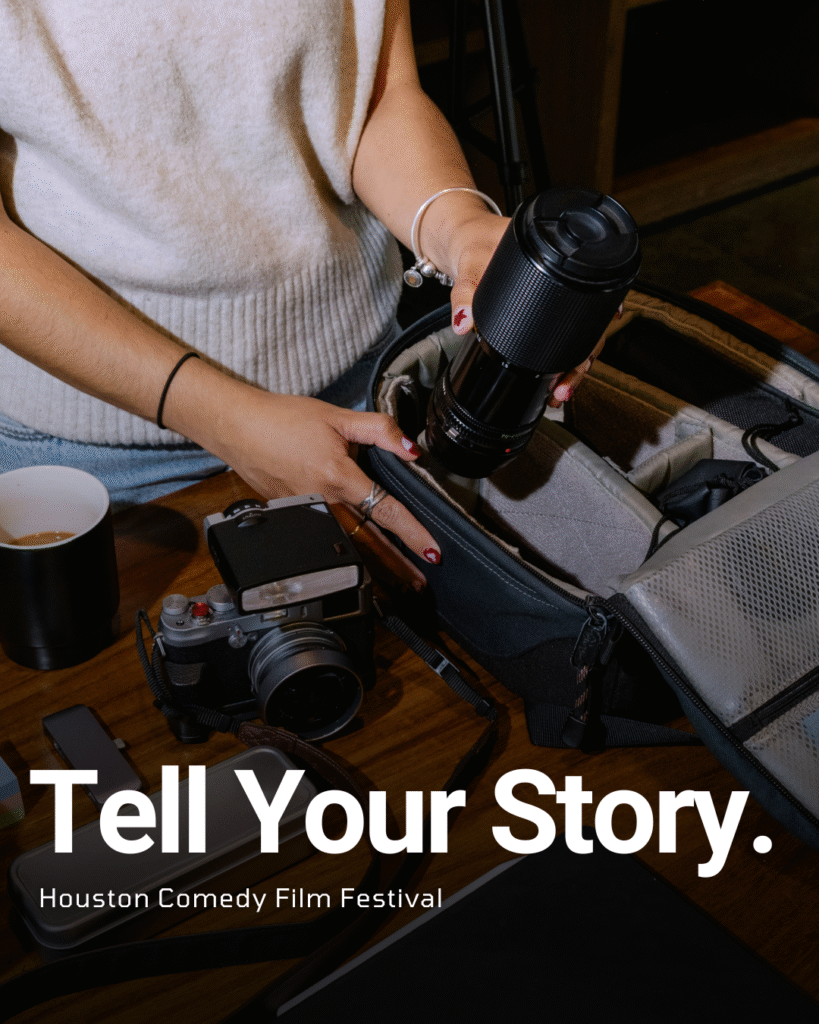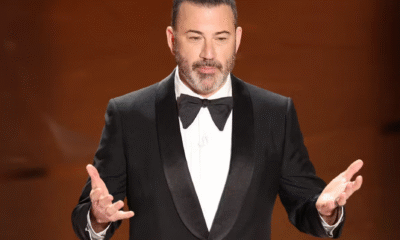Entertainment
Rising Singer Jessica Carter Altman Talks New Music, Mom Lynda Carter on November 5, 2023 at 2:00 pm Us Weekly

Jessica Carter Altman Max Botticelli
Jessica Carter Altman is still pinching herself that she was brave enough to take a leap of faith and follow her dreams — which served as inspiration for her latest single, “Naïve”.
“I used to ask my dad what my worst quality was, and he used to tell me that I was a little naive, but that it was also one of my best qualities,” the singer, 33, revealed in an exclusive interview with Us Weekly. “So I wanted to write a song about being a little naive and how it’s actually a really beautiful thing because it allows you to be a dreamer and really go after what you want.”
Altman was on the brink of becoming an attorney before she switched gears to pursue music — but she realized a career in law wasn’t challenging her the way she hoped. “I’m really grateful for those experiences,” she shares. “But there was a difference between finding something stimulating, intellectually interesting, and enjoying it versus something that you are passionate about.”
According to the musician, she’s never looked back. “Every day I just feel incredibly grateful that I get to do this for a living, and I really love every moment,” Altman continues. “It’s not just being on stage and the things that people see externally, but it’s writing the songs, it’s recording, it is practicing voice lessons. It’s really just everything from top to bottom.”
Courtesy of Jessica Carter Altman/Instagram
Keep scrolling to learn more about the rising singer:
On What Inspired Her to Get Into Making Music
I have really loved music and performing since as long as I can remember. During my first chorus in the first grade and first band in the seventh grade, I was just constantly performing and singing. But growing up in D.C. besides my mom, there really are not a lot of entertainers that I grew up around. And so wanting to be a musician just felt like the most ridiculous thing. Separately, I was really raised to value education, so there was really never a moment I didn’t think that I wasn’t going to go to college. And then I subsequently went to law school and at a certain point, inertia just kind of took over doing well in school and I decided to get a graduate degree. I’m very grateful for that whole experience. But there was always this kind of nagging and almost-painful feeling of [when] I’d go to a concert and I would see somebody perform and I was happy to be there. I love live music, but it was almost painful. I would look up at the stage and think, why isn’t that me? Why am I not doing that? And at a certain point in time, it just was too much and I realized I would always regret not going after my dreams and my passions. I remember talking to my dad. I was in law school at the time, and I told him I wanted to be a musician. He really supported me going after my dreams and encouraged me to go after what I want.
On Changing Careers
When I had that conversation with my dad, I was already performing quite a bit and had dipped my toe back into music. I put so much time and energy into becoming an attorney, I finished law school and I graduated. I went to the University of Michigan. I had a job set up and waiting for me in D.C. at Gibson Dunn and Crutcher. Upon graduation, I took the bar just to round out that whole experience. Most people when they take the bar exam, they take a bar trip before they start at their firms or their clerkship or wherever they’re going. I decided to go down to Nashville and scheduled a bunch of meetings. It was on that trip that I met my producer and when I started to work on my first EP called No Rules. At that time I knewI wanted to make the full switch, but I was so green in this industry that I decided to pursue both simultaneously, so I still went to my law firm. I practiced there for almost three years while I was on the weekends going to Nashville and recording and performing. I’m very grateful to everyone and my producer and everyone that I was working with because they were very accommodating with my schedule, knowing that I was practicing and a full-time attorney.
Mark Sagliocco/FilmMagic
On Watching Her Mother, Lynda Carter, Perform
I’ve obviously learned a lot from my mom. A lot of it was really related to music, watching her perform and the band and the musicians that she’s put together. I learned a lot by her example. She’s an amazing storyteller. She’s an amazing entertainer. I remember the first time I saw her on stage. She had really stopped performing while I was growing up and then went back into performing when I was high school. And there’s this piece of her that really just came alive on stage. It’s completely authentic to herself and her personality. Watching somebody do something that they truly love to do and are excited about, there’s something that really comes alive and it’s almost intoxicating to watch. I got to perform with her a little bit, and I learned so much from her. I’m very grateful that she gave me the space to then figure out my own voice and my own personality, and pave my own path.
On Her Dream Collaborator
I just did this Hotel Cafe appearance [in Los Angeles] where John Mayer performs all the time. I would love to collaborate with him. I also sing one of his covers in my sets regularly, so that would be so unbelievably cool. I’m trying to manifest that.
On What’s Next
My new EP Aftermath comes out November 3. That will also be the title track and is really the theme of all of my future releases for the next year. We’ve all had different experiences in the pandemic: So many people have had loss and hardship, and it really [brings up the question] of what happens in the wake of something tragic, difficult or life changing. What I have come to find personally is that life goes on and you have that sadness and you are changed, but there are so many beautiful things that still continue to happen. That’s really the theme that I’ve been playing around with and exploring, which has been very cathartic.
With reporting by Andrea Simpson
Jessica Carter Altman is still pinching herself that she was brave enough to take a leap of faith and follow her dreams — which served as inspiration for her latest single, “Naïve”. “I used to ask my dad what my worst quality was, and he used to tell me that I was a little naive,
Us Weekly Read More
Entertainment
California Bans AI Clones from Replacing Real Talent

California just made a dramatic stand for human creativity, defeating the threat of AI actor clones with a sweeping new law that puts people—not algorithms—back in the Hollywood spotlight. With the stroke of Governor Gavin Newsom’s pen in October 2025, the state has sent a clear message to studios, tech companies, and the world: entertainment’s heart belongs to those who create and perform, not to digital facsimiles.
California Draws a Hard Line: No More AI Clones
For months, the entertainment industry has been divided over the use of artificial intelligence in filmmaking. Studios, lured by promises of cost-cutting and creative flexibility, have invested in software that can mimic an actor’s face, voice, and even emotional range. But for performers, this wave of synthetic reproduction has triggered alarm—encouraged by chilling stories of deepfakes, unauthorized digital doubles, and contracts that let studios reuse a star’s likeness indefinitely, sometimes without pay or approval.
The new California law, anchored by AB 2602 and AB 1836, changes everything:
- Every contract must explicitly detail how studios can use digital replicas or voice models, preventing once-common “blank check” agreements that overlooked this risk.
- No one—not studios nor streaming giants—can create or release AI-generated clones of an actor, living or dead, without clear, written consent from the performer or their estate.
- The law gives families new powers to defend loved ones from posthumous deepfake exploitation, closing painful loopholes that once let virtual versions of late icons appear in new ads, films, or games.
Actors Celebrate a Major Victory
The legislation rides the momentum of the recent SAG-AFTRA strike, where real-life talent demanded control over their own digital destinies. Leaders say these protections will empower artists to negotiate fair contracts and refuse participation in projects that cross ethical lines, restoring dignity and choice in an industry threatened by silent algorithms.
Stars, unions, and advocacy groups are hailing the law as the most robust defense yet against unwanted AI replications.
As one actor put it, “This isn’t just about money—it’s about identity, legacy, and respect for real artists in a synthetic age.”
A New Chapter for the Entertainment Industry
California’s move isn’t just a victory for local talent—it’s a warning shot to studios everywhere. Companies will now be forced to rethink production pipelines, consult legal counsel, and obtain proper clearance before digitally cloning anyone. Global entertainment platforms and tech developers will need to comply if they want to do business in the world’s entertainment capital.

These laws also set a template likely to ripple through other creative fields, from musicians whose voices can be synthesized to writers whose work could be mimicked by generative AI. For now, California performers finally have a powerful shield, ready to fight for the right to shape their own public image.
Conclusion: Human Talent Takes Center Stage
With its no-nonsense ban on AI actor clones, California draws a bold line, championing the work, likeness, and very humanity of its creative stars. It’s a landmark step that forces the entertainment industry to choose: respect real talent, or face real consequences. The age of the consentless digital double is over—human performers remain the true source of Hollywood magic.
Entertainment
Chaos and Comedy: Darby Kingman’s “Camp Wackapoo: Rise of Glog”
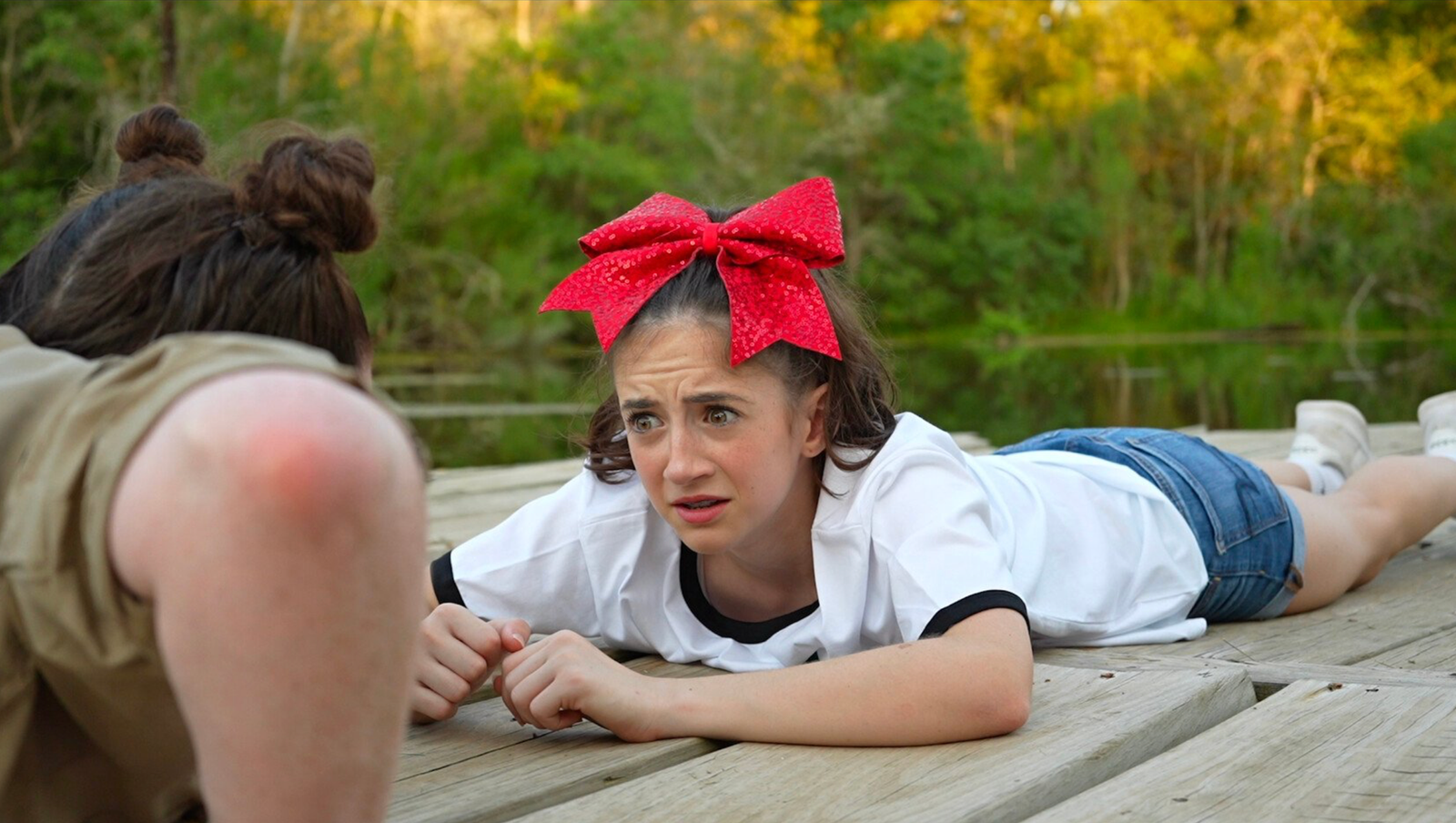
Darby Kingman’s “Camp Wackapoo: Rise of Glog” redefines summer camp comedy with a wild, energetic story about ambition, chaos, and the joy of embracing the unexpected. The film centers on a relentlessly competitive camp counselor who’s determined to finish first—only to face a motley crew of unruly campers and a summer unlike any other.
As Darby puts it, “Not everything is that deep. It really honestly was to make people laugh. She has all these kids that are not working with her and she’s just losing her mind. It’s crazy, silly, goofy, and it was a blast.”
What started as a simple scene for Darby’s acting reel evolved into a full-fledged film with encouragement from her mentor at Debbie Reynolds Acting School. Darby dove into every role—writing, directing, starring, and meticulously preparing each prop and costume. “Plan and prepare, but also be flexible and ready to be in the moment—that’s when the magic happens,” she advises.
Working with a handpicked cast of her own dance students, Darby built an atmosphere of real teamwork and camaraderie. She credits the “precious” energy of her young cast, her creative director of photography, and the overall spirit of her production team for turning the project into something bigger than herself. Her experience is an inspiring blueprint for indie filmmakers:
“Take initiative and control of your career. You can’t just sit around and wait for somebody to pick you. Figure out what you’re good at and go for it. Create something that brings joy to others.”
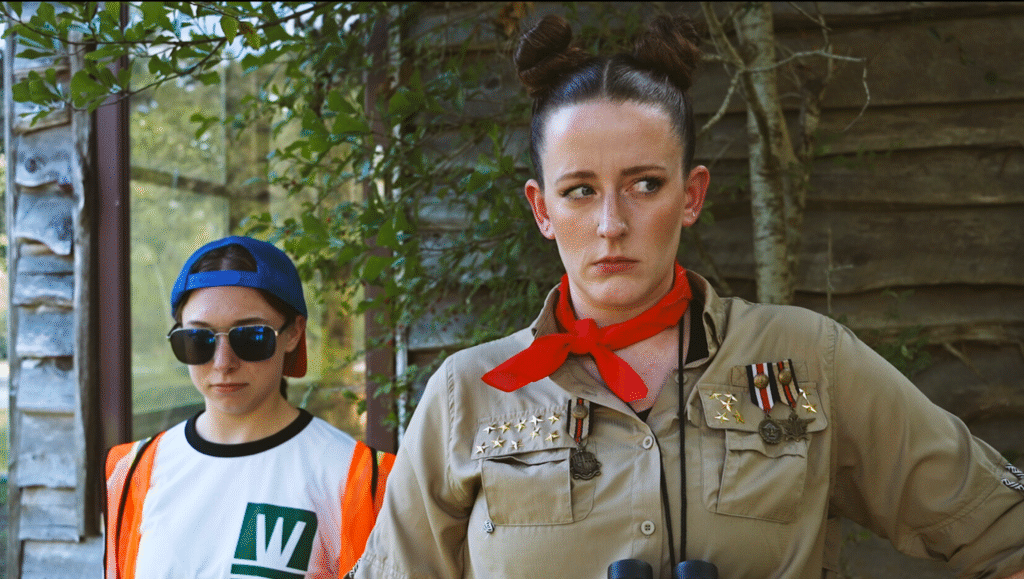
Her production motto? “Preparation is key, but you have to be ready to go with the flow—that’s when the magic happens.” Darby’s fearless creativity, focus on collaboration, and love for comedy shine throughout “Camp Wackapoo: Rise of Glog.” It’s more than just a camp satire—it’s a heartfelt testament to hard work, original humor, and leadership from the ground up: “People need to laugh right now. That’s a win.”
Catch “Camp Wackapoo: Rise of Glog” and experience Darby’s infectious energy and comic genius at the Deluxe Theatre on November 1, 2025. Get your tickets now at Houstoncomedyfilmfestival.com.
Entertainment
Diane Keaton Dies at 79
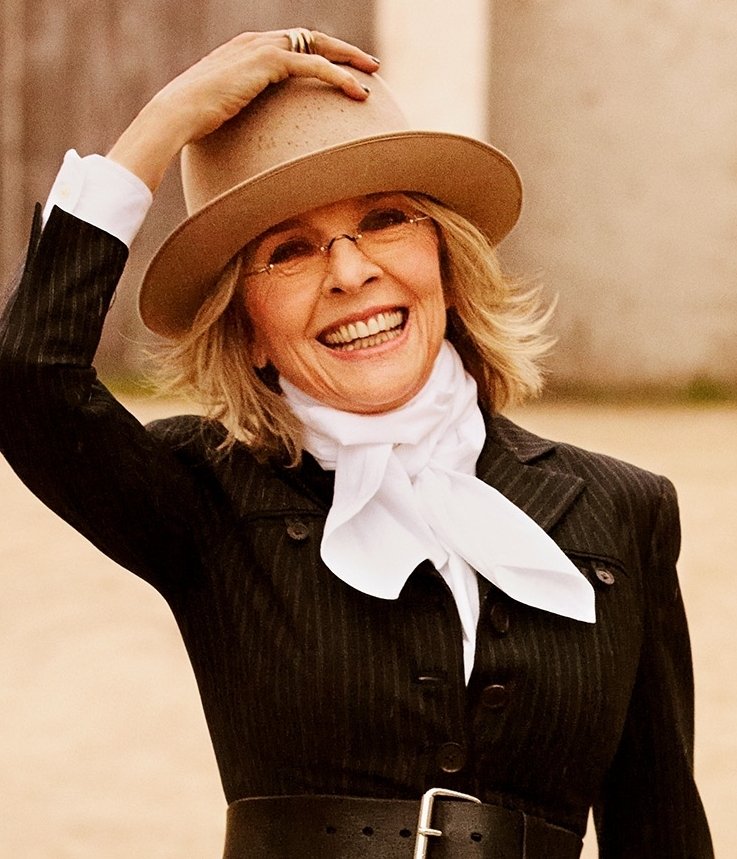
The world of film and entertainment is mourning the loss of Diane Keaton, an Oscar-winning actress renowned for her enduring talent, individuality, and influence on generations of performers and fans. Keaton died at the age of 79 in California on Saturday, October 11, 2025, her family confirmed. Details remain private, with her family requesting privacy as they grieve this profound loss.
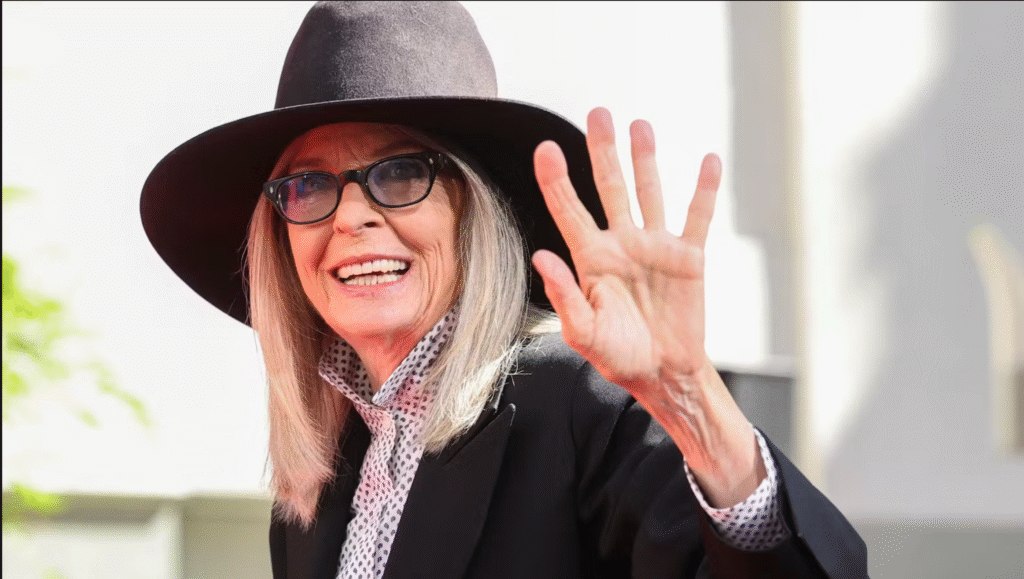
A Distinctive Talent
Diane Keaton rose to fame in the 1970s through a series of memorable roles, most notably as Kay Adams in “The Godfather” trilogy and as the quirky, unforgettable lead in Woody Allen’s “Annie Hall,” for which she won the Academy Award for Best Actress. Her performances in films like “The First Wives Club,” “Something’s Gotta Give,” and the “Book Club” series solidified her reputation as an actress with unique comedic timing and dramatic depth. Keaton was celebrated not only for her artistry but also for her androgynous fashion sense, characterized by menswear-inspired looks, hats, and an easy, effortless style that influenced generations.
Legacy and Tributes
Following the news of her passing, tributes poured in from Hollywood and beyond. Bette Midler, Goldie Hawn, and Jane Fonda were among the countless stars who expressed devastation and admiration for Keaton’s incomparable legacy. Hawn recalled their friendship and collaborations, writing: “Diane, we aren’t ready to lose you…you stole the hearts of the world and shared your genius with millions”. Midler echoed the sentiment, praising Keaton as “brilliant, beautiful, extraordinary” and a truly original presence in Hollywood.

Private Struggles and Final Months
Though fiercely independent and known for her openness, Keaton kept her declining health private in her final months. Friends and neighbors noticed her retreat from public life and social media, and she was recently seen less often in her Brentwood neighborhood. In the past, Keaton candidly discussed her ongoing battles with skin cancer and bulimia, openly advocating for personal health and authenticity.
Remembering Diane Keaton
Diane Keaton leaves behind a legacy defined by her fearless performances, unique style, and enduring influence on the arts. She is survived by her two children, Dexter and Duke. As Hollywood and her global fanbase mourn, her pioneering spirit and unmistakable voice will continue to inspire generations.

 Business3 weeks ago
Business3 weeks agoDisney Loses $3.87 Billion as Subscription Cancellations Surge After Kimmel Suspension

 Entertainment3 weeks ago
Entertainment3 weeks agoWhat the Deletion Frenzy Reveals in the David and Celeste Tragedy

 Entertainment4 weeks ago
Entertainment4 weeks agoABC Suspends ‘Jimmy Kimmel Live!’ Indefinitely After Kirk Remarks

 Entertainment3 weeks ago
Entertainment3 weeks agoExecutive Producer Debut: How Celia Carver Created Festival Hit ‘Afterparty’

 Business4 weeks ago
Business4 weeks agoThe Rise Of Bullsh*t Jobs: Why Gen Z Hates Work

 Health3 weeks ago
Health3 weeks agoRussia Claims 100% Success With New mRNA Cancer Vaccine

 Film Industry4 weeks ago
Film Industry4 weeks agoCan Movie Theaters Steal the Show from Streaming?

 News4 weeks ago
News4 weeks agoBody of Missing Teen Found in Tesla Linked to Musician D4vd





